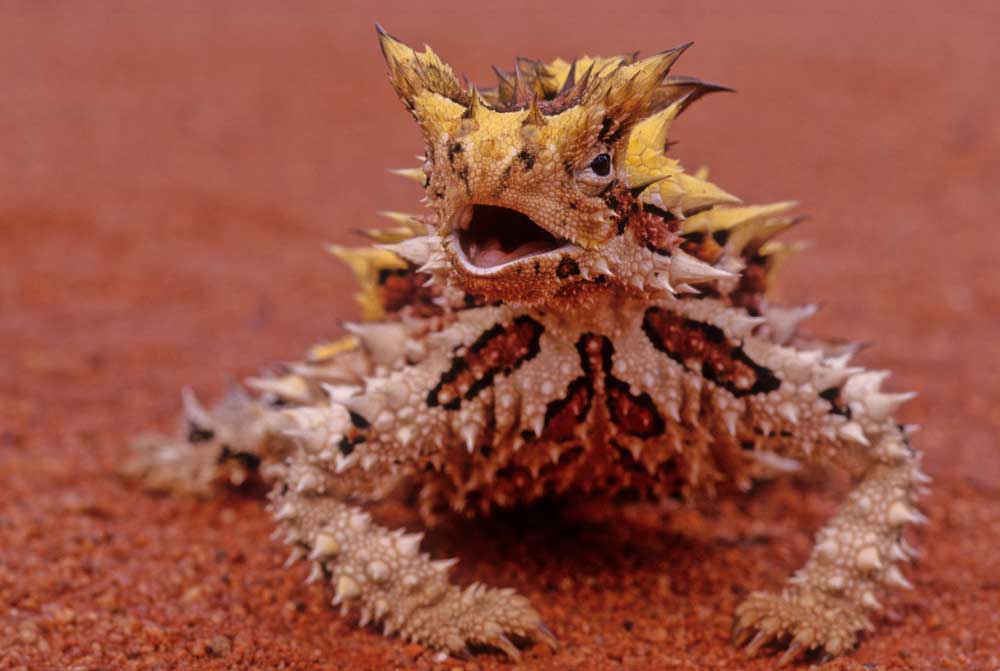“Our study reveals that as deserts heat up, diurnal (day-active) lizards face a squeeze—needing more food while having less time to find it."
Researchers with the University of Melbourne in Australia have conducted a study that says desert lizards in Africa and Australia are facing what they call a “cost of living” squeeze due to a rise in global temperatures. The “cost of living squeeze” is directly linked to the body temperature of these reptiles which determines how much food it must eat to sustain itself and whether it can leave their dens and feed. The researchers found lizards that inhabit desert areas are especially vulnerable to the squeeze because food is sparse and often times the temperatures are too hot during the day to hunt food.
This climate warming can have adverse effects on the energy budgets of these lizards. They need more food to survive but their time to find it decreases because of the rise in temperatures. The effects of a warming climate will affect lizard species differently based on when they hunt for food, lead author and University of Melbourne researcher Dr. Kristoffer Wild said in a press release announcing their findings.
“Cost-of-living is a concept humans are all too aware of, but the same concept applies to ectotherms – or cold-blooded animals – such as lizards. We just need to switch the currency from money to energy and realize that for lizards these costs and their ability to meet them depend on temperature,” Dr. Wild said.
Warming Planet Causes 99 Percent of Raine Island Sea Turtle Hatchlings To Be Female, Study Says
“Our study reveals that as deserts heat up, diurnal (day-active) lizards face a squeeze—needing more food while having less time to find it. On the other hand, nocturnal (night-active) lizards may benefit from warmer nights that allow more hunting time.
“In other words, it’s like diurnal lizards paying higher bills with fewer work hours, while nocturnal lizards can counter high bills by gaining extra work hours during the warmer nights.”
Temperature Models of 50 Years Ago
The researchers were able to create a temerpature model (within two or three degrees) that recreated what a field biologist observed more than 50 years ago in the middle of Australian and African deserts. This enabled the researchers to predict the direct effects of climate warming these animals face in the future.
The researchers also noted that areas around the globe that have historically more warming will face more challenges in the future. They believe that Africa will have more warming impacts than Australia. This means African desert lizards will require more food, but will have less time to find that food.
“Importantly, we show energy pressures are greatest in summer and spring, which is the reproductive window for many species,” Dr. Wild said.
“Our next steps will be to bring food and water resources into our calculations and translate the results into growth and reproduction, which will help us predict whether populations will survive further change under warming.”
An abstract of the paper, “Climate change and the cost-of-living squeeze in desert lizards” can be read on the Science website.



